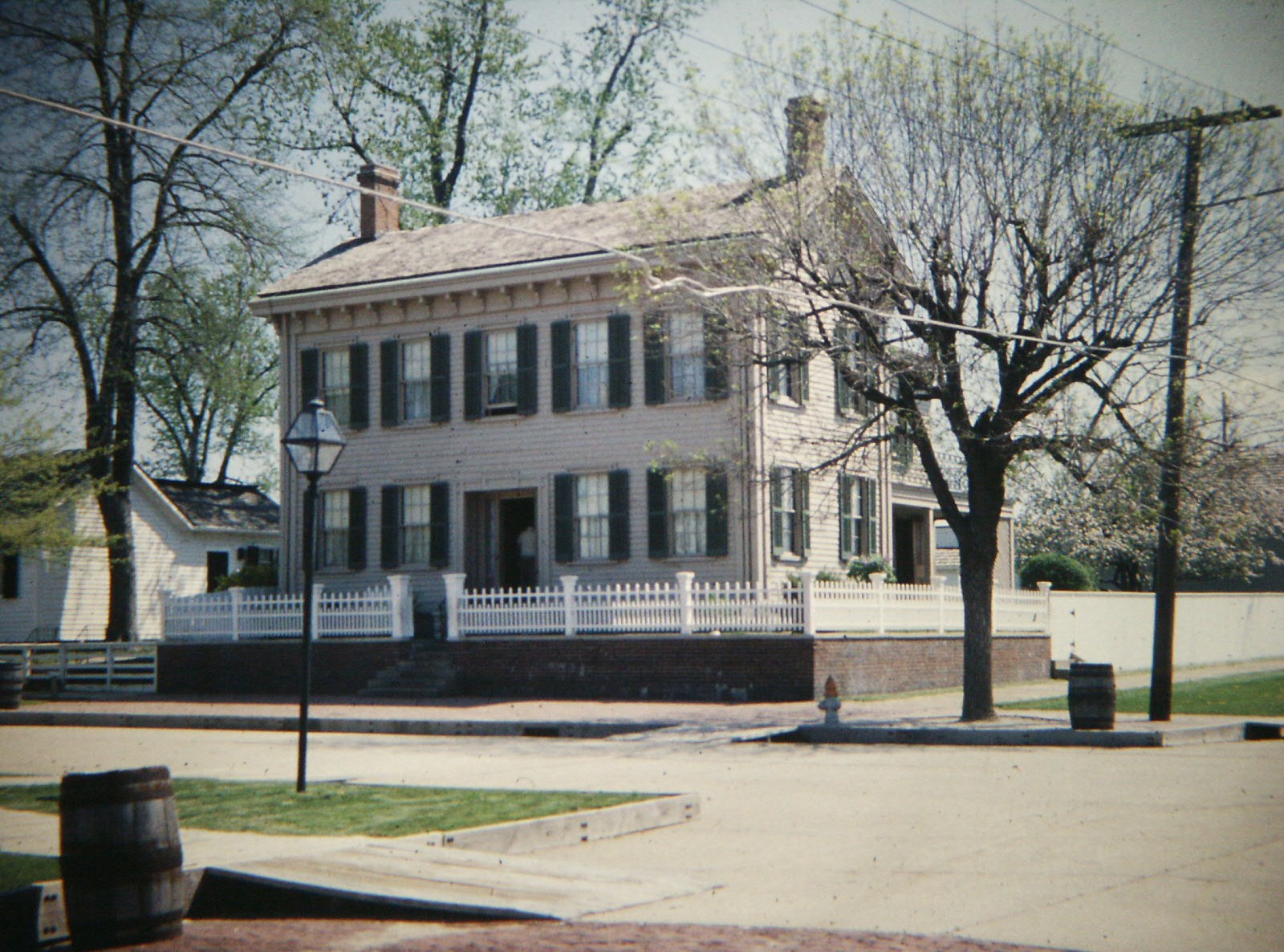Education
Igniting an Appreciation for Abraham Lincoln in Children
Children need a fresh appreciation for President Abraham Lincoln and his leadership during the War Between the States.

Historians and the general public regularly rank Abraham Lincoln as America’s greatest president. There is little doubt that he is widely admired for the work he did to end slavery and preserve the Union.
But beyond these two important points, most Americans know little else about Lincoln’s life. A 2013 poll by Participant found that two-thirds of Americans admitted to knowing “little to nothing” about him. Eighty-three percent of respondents thought that the Emancipation Proclamation freed all the slaves in the United States. (It only freed the slaves in areas under Confederate control.) Another 40 percent believed that Lincoln was a Democrat. (Google only confuses matters when it lists his party affiliation as “National Union Party,” which was a temporary rebranding of the Republican Party during the 1864 presidential election.) In fact, Lincoln was the first Republican to be elected president.
As a professor of American Studies at Christopher Newport University I spend a great deal of time teaching my students about Abraham Lincoln. I require them to read Lincoln’s speeches and letters in the hope that they will come to appreciate the greatness of his mind, the political constraints in which he operated, and the moral compass that led him to fight for the principles of the Declaration of Independence. Each summer I also teach these sorts of lessons to groups of high school teachers around the country. I find that teachers are eager to better understand Lincoln’s life and legacy and to find new ways to convey that information in their classrooms.
In addition to teaching about Lincoln, over the past 15 years, I’ve published many books about Lincoln and the Civil War Era. In the past 11 years I’ve also had two beautiful daughters. At night I often find myself reading or telling bedtime stories – sometimes about history, but more often about the antics of talking animals
Recently, I decided to bring these two aspects of my life together by working with my girls to write a fun and exciting children’s book that melds history and adventure into an educational but lively chapter book for early readers.
“My Day with Abe Lincoln” tells the story of a third grader named Lucy who doesn’t want to go to school on Monday morning. (For parents of young children this might sound all too familiar!) She throws a fit and dresses in the craziest outfit she can come up with, hoping that her parents won’t send her to school looking so weird.
When she puts on the top hat from her brother’s magic set she travels back in time to Indiana in the 1820s. She doesn’t know it yet, but her mission in the story is to give the hat to Lincoln. After meeting Abe and his sister Sarah on a dirt path in the woods, Lucy attends school with them. At the end of the day, she goes to the Lincoln cabin where she meets Abe’s father and stepmom. Along the way Lucy learns extraordinary, fascinating, true stories about the future president – like that he struggled with spelling and that he almost died several times when he was a child.
By the time young readers finish “My Day with Abe Lincoln,” they will know more about Lincoln’s childhood than most adults do. Children will also hopefully feel a connection to Lincoln as they see the hurdles he had to overcome to become our nation’s greatest leader.
I spent years researching the history behind this time-travel adventure, and I like to tell people that “My Day with Abe Lincoln” is historically accurate, except for the time travel! Parents and teachers who want to read this book with their children or students can find a free curriculum guide on the Reedy Press website that gives the history behind each chapter. The guide also provides primary sources and discussion questions that can be used in class.
As we celebrate the 215th anniversary of Abraham Lincoln’s birth, I hope that we can reignite a sense of wonder about him in young Americans. They ought to know the story of the little boy who grew up in poverty and rural isolation – without education, who lost his mother at age nine, and who almost died several times – and yet who became the most admired and revered of Americans. We owe it to him, and to ourselves, to better understand his life and legacy so that we can truly appreciate his accomplishments as president.
This article was originally published by RealClearEducation and made available via RealClearWire.
Jonathan W. White is a Professor of American Studies at Christopher Newport University and a fellow with the Jack Miller Center. He was co-recipient of the 2023 Gilder Lehrman Lincoln Prize (with Jon Meacham) for “A House Built By Slaves: African American Visitors to the Lincoln White House.” His latest book is “My Day with Abe Lincoln” (Reedy Press) which was illustrated by Christopher Newport University student Madeline Renaux.
-

 Civilization2 days ago
Civilization2 days agoDC Pipe Bomb Arrest Raises Questions About Christopher’s Wray’s FBI
-

 Guest Columns4 days ago
Guest Columns4 days agoCongressional Leaders See Far Higher Stock Returns Than Peers
-

 Civilization3 days ago
Civilization3 days agoThe Legal Logic Behind U.S. Operations Against Narco-Terrorist Networks
-

 Civilization4 days ago
Civilization4 days agoHow Trump Changed America
-

 Executive3 days ago
Executive3 days agoNewsom’s ‘National Model’ for Homeless Wracked by Fraud
-

 Executive2 days ago
Executive2 days agoWhen You’re in a Hole, Stop Digging
-

 Education2 days ago
Education2 days agoWaste of the Day: Taxpayers Subsidize Football Coach Severance
-

 Civilization1 day ago
Civilization1 day agoPence Calls on Trump To Fire RFK Jr Over Abortion Drug






